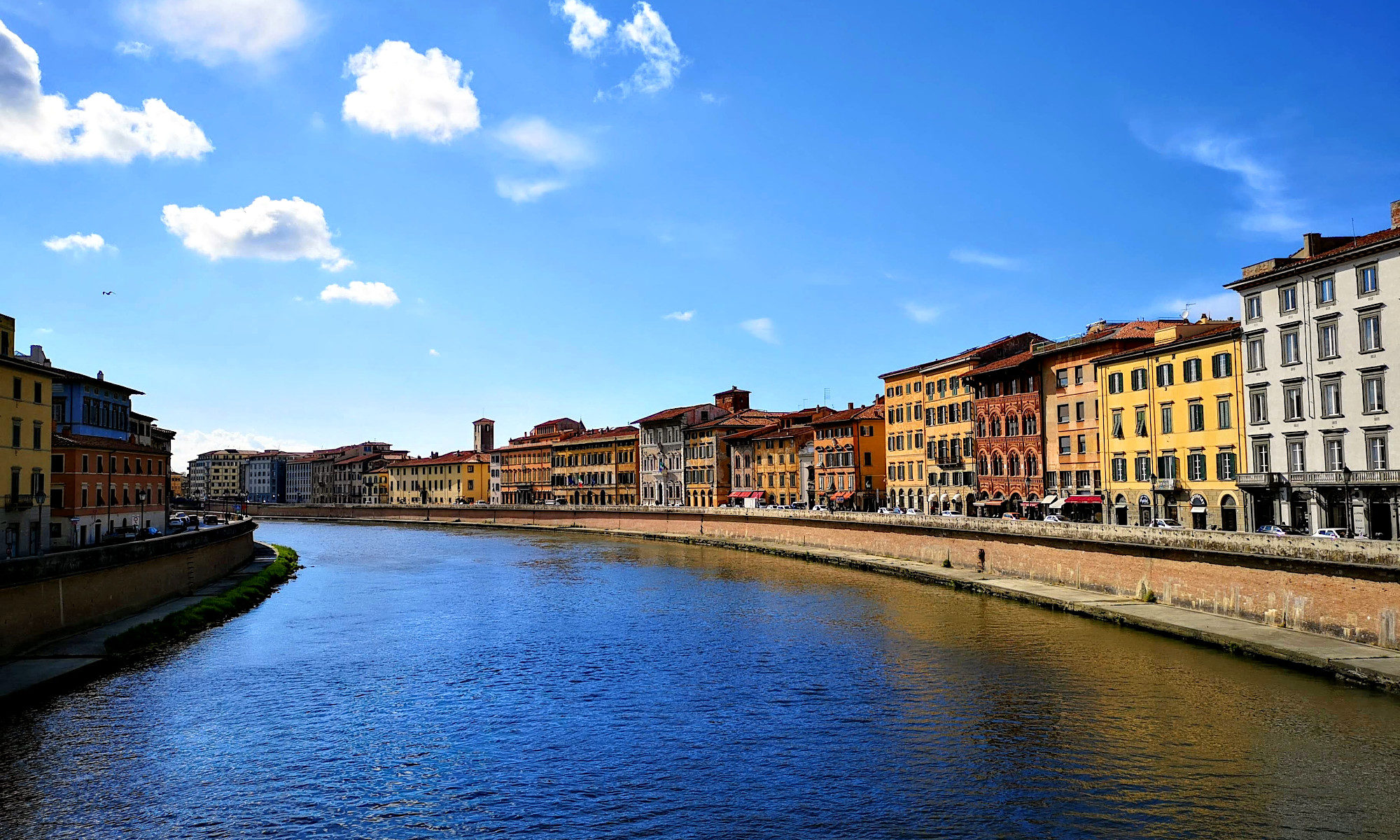
From Vanity Fair: “Dante and Beatrice, Scott and Zelda, Véra and Vladimir. All famous cases of literary love and inspiration, sure. But these romances lack the 47-year novelistic drama of the craziest story. They lack the stolen gun, the border crossings, the violation of federal law. They lack the forged birth certificate and clandestine love letters. But above all, they lack the leading lady: the secret muse. Cormac McCarthy did not shirk womenkind in his novels. On the contrary, it turns out that many of his famous leading men were inspired by a single woman, a single secret muse revealed here for the first time: a five-foot-four badass Finnish American cowgirl named Augusta Britt. A cowgirl whose reality, McCarthy confessed in his early love letters to her, he had “trouble coming to grips with.”
When the railway industry changed the way that time worked

From Letters From An American: “Until November 18, 1883, railroads across the United States operated under 53 different time schedules, differentiated on railroad maps by a complicated system of colors. For travelers, time shifts meant constant confusion and, frequently, missed trains. And then, at noon on Sunday, November 18, 1883, railroads across the North American continent shifted their schedules to conform to a new standard time. Under the new system, North America would have just five time zones. In Boston the change meant that the clocks would move forward about 16 minutes; in New York City, clocks were set back about four minutes. For Baltimore the time would move forward six minutes and twenty-eight seconds; in Atlanta it went back 22 minutes.”
Note: This is a version of my When The Going Gets Weird newsletter, which I send out via Ghost, the open-source publishing platform. You can see other issues and sign up here.
A modern fantasy role-playing village is shaken by accusations of racism and sexism

From Atlas Obscura: “About two hours north of Montreal is a surprising village—one that’s quite different from the otherwise sleepy surroundings. Past the occasional Tim Hortons and just outside the town of Trois-Rivières, the road curves deep into the woods. Here, between the trees, visitors will find Tudor manors, Viking-style halls, and a jousting arena. This is Duché de Bicolline, or Duchy of Bicolline, the largest medieval-style settlement in North America—and one that’s still growing, both physically and philosophically. The Duchy, or just “Bicolline,” as it’s often called, was founded in 1994. The initial focus was on fantasy combat, and the first “Grand Battle” took place two years later, which is still their biggest event. But the live-action role-playing (LARP) game has since expanded into a working medieval fantasy town.”
Hi everyone! Mathew Ingram here. I am able to continue writing this newsletter in part because of your financial help and support, which you can do either through my Patreon or by upgrading your subscription to a monthly contribution. I enjoy gathering all of these links and sharing them with you, but it does take time, and your support makes it possible for me to do that. And I appreciate it, believe me!
Actress Olivia Wilde’s first marriage made her a princess of the papal nobility

From Wikipedia: “On June 7, 2003, when she was 19, Wilde married Italian filmmaker and musician Don Tao dei Principi Ruspoli, a member of the aristocratic Ruspoli family. They were married in Washington, Virginia, on a school bus with only a pair of witnesses. She later said the wedding occurred there because it was the only place where they could be completely alone; the marriage was a secret at the time. Upon her marriage, Wilde became a princess of the Papal nobility. The papal nobility are the aristocracy composed of persons holding titles bestowed by the Pope. On February 8, 2011, she and Ruspoli announced that they were separating. Wilde filed for divorce in Los Angeles County Superior Court on March 3, 2011, citing “irreconcilable differences”, and the divorce was finalized on September 29, 2011. Wilde did not seek spousal support, and they reached a private agreement on property division.”
The time that Ford put a Mustang on the top of the Empire State building

From Motor Trend: “Even though the Mustang was already a sales success by 1965, a little extra promotion never hurt. Thanks to Leslie Armbruster from Ford Archives, we learned about this creative Mustang publicity stunt from October 1965. According to Ambruster, the general manager of the Empire State Building, at the time the tallest building in the world, approached Ford with the idea of displaying a Mustang on the 86th floor observation deck. Ford agreed to participate and sent a crew to New York City to take measurements of the skyscraper’s doors, hallways, and elevators. They determined that a Mustang convertible could be disassembled into four sections and transported, along with many smaller pieces, in elevators to be reassembled on the 86th floor. Three dry runs were performed in Dearborn to make sure it would work.”
Aerial view of Everest base camp shows all the detritus left behind by climbers
Acknowledgements: I find a lot of these links myself, but I also get some from other newsletters that I rely on as “serendipity engines,” such as The Morning News from Rosecrans Baldwin and Andrew Womack, Jodi Ettenberg’s Curious About Everything, Dan Lewis’s Now I Know, Robert Cottrell and Caroline Crampton’s The Browser, Clive Thompson’s Linkfest, Noah Brier and Colin Nagy’s Why Is This Interesting, Maria Popova’s The Marginalian, Sheehan Quirke AKA The Cultural Tutor, the Smithsonian magazine, and JSTOR Daily. If you come across something interesting that you think should be included here, please feel free to email me at mathew @ mathewingram dot com

Likes